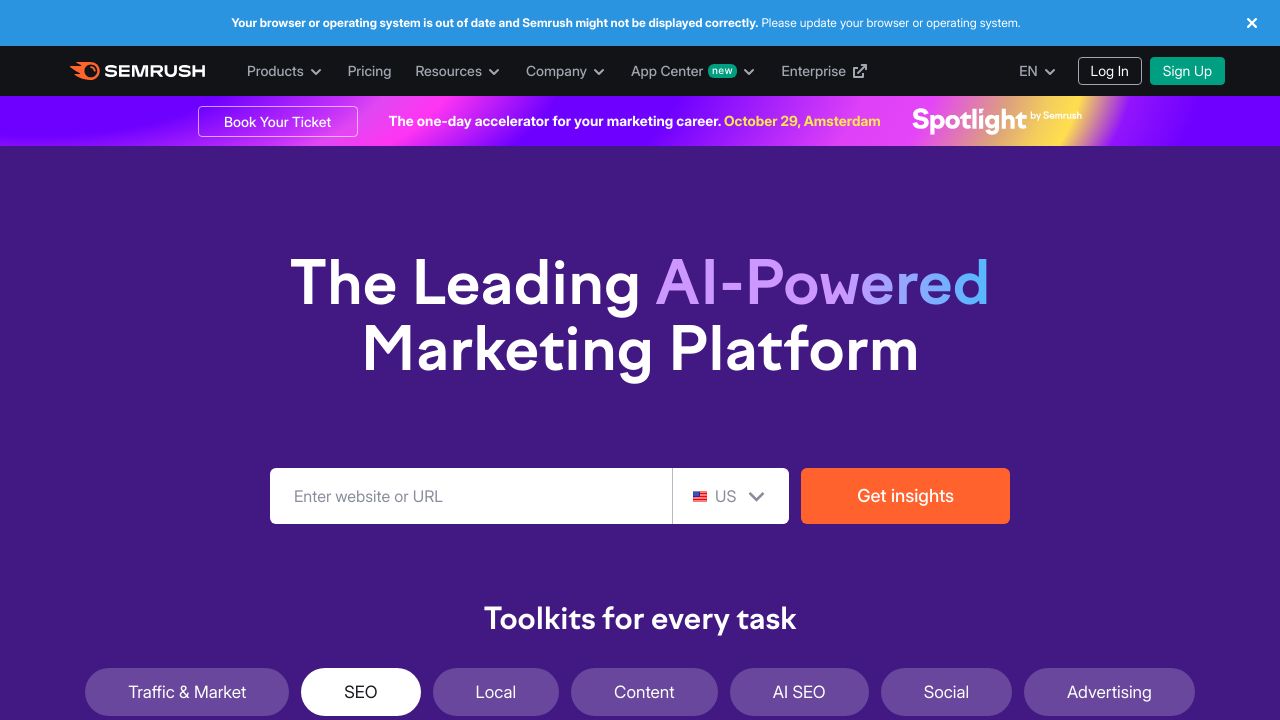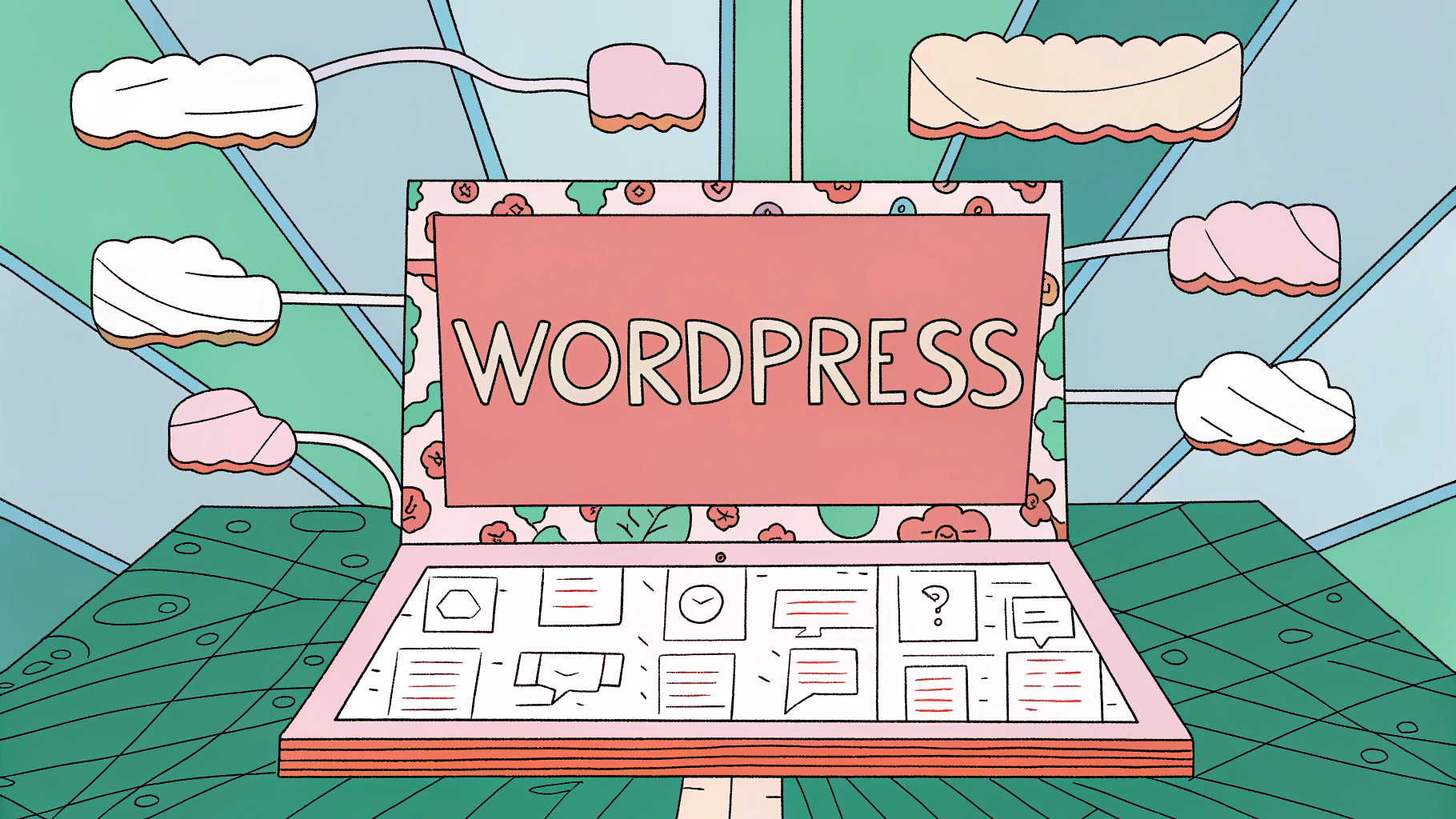Content creators are drowning in possibilities. Every day, millions of blog posts go live, and standing out feels impossible. Traditional brainstorming sessions and manual keyword research can't keep up with the pace of modern content marketing.
I've watched countless WordPress bloggers struggle with the same problem: they know they need fresh content ideas, but they're stuck using outdated methods that eat up time without delivering results.
Why Traditional Content Brainstorming Falls Short

Manual content ideation has serious limitations. You're essentially guessing what your audience wants based on limited data and personal assumptions. Most content marketers spend hours scrolling through competitor blogs, hoping to find inspiration that leads nowhere.
Traditional keyword research tools show you search volumes and competition levels, but they don't reveal the deeper intent behind searches. You might target a high-volume keyword only to discover it attracts the wrong audience entirely.
The AI Advantage for WordPress Content Creators
AI changes everything about how to find content ideas. Instead of relying on hunches, you can analyze massive datasets to understand exactly what your audience searches for and why they search for it.
Modern AI tools can process thousands of search queries, social media conversations, and competitor content pieces in minutes. They identify patterns humans would miss and predict trending topics before they explode.

What You'll Learn in This Guide
This guide walks you through a complete AI-powered workflow for discovering high-intent content ideas. You'll learn to use keyword clustering to build comprehensive topic strategies and leverage trend analysis to stay ahead of your competition.
By the end, you'll have a systematic approach that generates months of content ideas in hours, not weeks.
Understanding High-Intent Content and User Search Behavior
Not all content ideas are created equal. High-intent content targets users who are ready to take action, whether that's making a purchase, signing up for a service, or implementing a solution.
Defining High-Intent Content for WordPress Blogs
High-intent content answers specific problems your audience faces right now. Instead of broad topics like "digital marketing," high-intent content targets searches like "how to increase email open rates in 2025" or "best WordPress plugins for e-commerce conversion."

These topics attract readers who are actively looking for solutions. They're more likely to engage with your content, share it, and convert into customers or subscribers.
The Four Types of Search Intent and Content Opportunities
- Informational intent: Users seeking knowledge ("what is keyword clustering")
- Navigational intent: Users looking for specific websites or pages ("WordPress login")
- Commercial intent: Users researching products or services ("best AI SEO tools comparison")
- Transactional intent: Users ready to buy or take action ("buy WordPress hosting")
Commercial and transactional intent typically drive the highest conversions, but informational content builds trust and authority that supports your entire funnel.
How AI Helps Identify Intent Signals
AI analyzes search patterns, user behavior data, and SERP features to classify intent automatically. It looks at factors like search query structure, related searches, and the types of content that currently rank well.

For example, searches containing words like "buy," "price," or "discount" clearly indicate transactional intent. But AI can also detect subtler signals, like when informational searches lead to high conversion rates on specific topics.
Essential AI Tools and Platforms for Content Discovery
The right tools make all the difference in your content discovery process. You need platforms that can handle large-scale data analysis while providing actionable insights for WordPress content creation.
AI-Powered Keyword Research Tools
Semrush and Ahrefs have integrated AI features that go beyond traditional keyword research. They analyze search intent, identify content gaps, and suggest topic clusters based on semantic relationships.
ChatGPT and similar language models excel at generating content ideas when you provide specific prompts about your audience and industry. They can brainstorm dozens of angles for any topic in seconds.

WordPress-Specific AI Plugins and Extensions
Several WordPress plugins now include AI-powered content suggestion features. These tools analyze your existing content and suggest new topics that complement your current strategy while filling content gaps.
The advantage of WordPress-native solutions is seamless integration with your content management workflow. You can discover ideas and start creating content without switching between multiple platforms.
Trend Analysis and Social Listening AI Tools
Tools like BuzzSumo and Brandwatch use AI to monitor social media conversations and identify emerging trends. They can alert you to topics gaining traction before they become oversaturated.
Google Trends remains valuable, but AI-enhanced platforms provide deeper context about why topics are trending and how long the trend might last.
Setting Up Your AI Content Discovery Toolkit
- Choose one primary keyword research tool with AI features
- Set up social listening alerts for your industry keywords
- Install WordPress plugins that integrate with your chosen tools
- Create templates for AI prompts that generate consistent results
- Establish a regular schedule for running discovery sessions
Mastering Keyword Clustering for Content Strategy
Keyword clustering transforms scattered keyword lists into organized content strategies. Instead of targeting individual keywords, you create comprehensive content that covers entire topic areas.
What is Keyword Clustering and Why It Matters
Keyword clustering groups related search terms based on semantic similarity and search intent. For example, "WordPress SEO," "WordPress search optimization," and "improve WordPress rankings" would cluster together because they address the same user need.
This approach helps you create more comprehensive content that ranks for multiple related keywords instead of thin content targeting single terms.
AI-Powered Clustering Techniques and Algorithms
AI clustering algorithms analyze factors like search results overlap, user behavior patterns, and semantic relationships between keywords. They can identify clusters that human analysis would miss.
Machine learning models consider context, synonyms, and related concepts to group keywords more accurately than simple text matching algorithms.
Step-by-Step Keyword Clustering Workflow
- Export a large keyword list from your research tool (aim for 500+ keywords)
- Use AI clustering software to group related terms automatically
- Review clusters manually and adjust groupings based on your content strategy
- Identify the primary keyword for each cluster (usually the highest volume term)
- Map clusters to content types (blog posts, pillar pages, resource guides)
- Prioritize clusters based on search volume, competition, and business relevance
Creating Content Pillars from Keyword Clusters
Each keyword cluster becomes a content pillar that supports multiple pieces of content. Your main pillar page targets the primary keyword, while supporting articles target long-tail variations within the cluster.
This structure helps search engines understand your topical authority and improves your chances of ranking for competitive terms.
Leveraging Trend Analysis and Predictive AI for Timely Content
Timing matters in content marketing. Publishing trend-based content too early means no audience; too late means oversaturation. AI helps you find the sweet spot.
AI Trend Detection Methods and Tools
AI trend detection analyzes multiple data sources simultaneously: search volume changes, social media mentions, news coverage, and industry publications. It identifies patterns that indicate growing interest in specific topics.
Advanced platforms can predict trend trajectories, helping you understand whether a topic will peak next month or continue growing for years.
Google Trends Integration with AI Analysis
While Google Trends shows search volume changes over time, AI analysis adds context about why trends emerge and how they relate to your content strategy.
AI can correlate trend data with seasonal patterns, industry events, and competitor activities to provide actionable insights for content timing.
Seasonal and Cyclical Content Planning with AI
AI identifies recurring patterns in search behavior that humans might overlook. It can predict when topics will peak based on historical data and current trend indicators.
This capability helps you plan content calendars months in advance while staying flexible enough to capitalize on unexpected trending topics.
Real-Time Trend Monitoring and Content Pivoting
Set up AI-powered alerts that notify you when topics related to your niche start trending. This allows rapid content creation to capture early traffic before competition intensifies.
The key is having content templates and workflows ready so you can publish trend-based content within hours of detection.
Building Your Complete AI Content Discovery Workflow
A systematic workflow ensures consistent results from your AI content discovery efforts. Here's how to build a process that generates high-quality ideas reliably.
Phase 1: Initial Research and Data Collection
Start by gathering data from multiple sources: keyword research tools, competitor analysis, social listening platforms, and industry publications. AI works best with comprehensive datasets.
Set up automated data collection where possible. Many tools offer API access or scheduled reports that feed fresh data into your workflow without manual intervention.
Phase 2: AI Analysis and Intent Classification
Process your collected data through AI analysis tools that classify search intent, identify content gaps, and suggest topic clusters. This phase transforms raw data into actionable insights.
Focus on identifying high-intent opportunities that align with your business goals and audience needs.
Phase 3: Content Gap Analysis and Prioritization
AI can identify topics your competitors haven't covered thoroughly or areas where existing content doesn't fully satisfy user intent. These gaps represent your biggest opportunities.
Prioritize opportunities based on factors like search volume, competition level, business relevance, and your ability to create authoritative content on the topic.
Phase 4: Content Calendar Integration and WordPress Implementation
Transform your prioritized ideas into a concrete content calendar with publication dates, content types, and resource requirements. Many WordPress plugins can help automate this process.
Build templates for different content types so you can move quickly from idea to published post.
Advanced Strategies and Optimization Techniques
Once you've mastered the basics, these advanced techniques will help you extract even more value from your AI content discovery process.
Competitor Content Analysis with AI
AI can analyze competitor content at scale, identifying their most successful topics, content formats, and keyword strategies. Look for patterns in what works for them and gaps you can exploit.
Don't just copy competitor ideas. Use AI insights to understand why their content succeeds, then create better, more comprehensive resources on similar topics.
Performance Tracking and AI-Driven Optimization
Track which AI-generated content ideas perform best in terms of traffic, engagement, and conversions. Feed this performance data back into your AI tools to improve future recommendations.
Many AI platforms learn from your feedback, becoming more accurate at predicting which topics will succeed for your specific audience.
Scaling Your Content Discovery Process
As your content operation grows, automation becomes essential. Set up workflows that automatically generate content ideas, prioritize them based on your criteria, and add them to your content calendar.
Consider using AI to generate content briefs or outlines for your writers, streamlining the entire content creation process.
Common Pitfalls and How to Avoid Them
- Over-relying on AI: Use AI insights to inform human creativity, not replace it
- Ignoring brand voice: Ensure AI-generated ideas align with your brand personality
- Chasing every trend: Focus on trends relevant to your audience and expertise
- Neglecting content quality: High-intent ideas still need excellent execution
- Forgetting user experience: Optimize for humans first, search engines second
Implementing Your AI-Powered Content Strategy
You now have the framework for discovering high-intent content ideas using AI. The key to success is consistent implementation and continuous refinement of your process.
Quick Start Checklist for Immediate Implementation
- Choose your primary AI-powered keyword research tool
- Set up social listening alerts for your industry
- Create your first keyword cluster using AI analysis
- Identify 5-10 high-intent content opportunities
- Build templates for different content types
- Schedule weekly AI discovery sessions
Measuring Success and ROI of AI Content Discovery
Track metrics that matter: organic traffic growth, keyword ranking improvements, content engagement rates, and conversion metrics. Compare the performance of AI-discovered content ideas against traditionally researched topics.
Most importantly, measure time savings. If AI helps you generate a month's worth of content ideas in two hours instead of two days, that's a massive productivity gain.
Future-Proofing Your Content Strategy with AI
AI capabilities evolve rapidly. Stay informed about new tools and features that could enhance your content discovery process. The techniques that work today will likely improve significantly over the next few years.
Focus on building flexible workflows that can adapt to new AI capabilities while maintaining the core principles of understanding user intent and creating valuable content.



